After 23 years as a sports league, the Women’s National Basketball Association (WNBA) finally starts to right some fairly egregious wrongs in the latest collective bargaining agreement (CBA). The new CBA, which was negotiated between the WNBA and the Women’s National Basketball Player’s Association (WNBPA), replaces the last CBA which was set to last from 2014-2021, before the WNBPA opted out in 2018 and played without an agreement while in negotiations.
The new CBA, which is set to last through 2027, accomplishes a lot as the league continues to try and tackle the issues facing the sport. The league finally paid their players!
After a year headlined by Sports Illustrated’s Athlete of the Year Megan Rapinoe and the champion U.S. Women’s National Team’s crusade for equal pay for women, the WNBA’s inexperienced (two years or less) salary was raised from $41,965 to $57,000. The experienced (three or more years) was raised from $56,375 to $68,000. For “core” players (stars), the salary was raised from $117,500 to $215,000.
Last season, the reigning MVP, Seattle Storm’s Breanna Stewart, tore her achilles overseas in the offseason while playing for another team in order to supplement her salary. By keeping their stars healthy, the WNBA can get fans more invested in the league. Demonstrated by the NBA, star-based marketing yields the most return. If a game came down to a final shot, teams and fans alike want the ball to be in the star player’s hands. Paying their stars incentivizes more people to view the WNBA as a career, eventually improving the product. An improved product equals more viewers, in turn leading to bigger corporate sponsorships, and more money for the players.
Pay raises are certainly a start to the equality that the WNBA and women’s sport leagues deserve. The new CBA added plenty of opportunities for players to make more money, such as cash-based incentives for awards as well as an in-season tournament with cash rewards. The retainer pot, meant to keep star players from playing overseas, ballooned from $50,000 to $250,000. Star players went from being able to make $167,500 to $465,000. While these changes affect players of all skill levels, the agreement benefits the aforementioned star players especially.
The WNBA’s push towards star-based marketing is a smart move, and investing in their players is a part of basketball marketing 101, as the NBA grew exponentially in popularity with the rise and marketing of stars such as Michael Jordan.
The league didn’t quite hit this new CBA out of the park, however. The previous agreement included an 80-20% revenue sharing split between the league and the players, respectively. While the new agreement doesn’t guarantee an increase in the revenue split, it does allow for a potential 50% split if the league meets certain goals in their broadcast and marketing deals with outside companies like Nike and ESPN. This is a consistent trend in the new CBA; the deal improves a lot of the current conditions in the league but is not a whole-hearted step toward the equality that the players are asking for. This CBA lays the foundation for a successful and ethical league, but does not build the whole house.
One of the largest challenges facing the league since its birth has been the misogynistic “trolls” that look to rag and criticize the players and league at every turn. Many of these trolls cry out when WNBA players rightfully demand the same revenue as their NBA counterparts.
As pointed out wonderfully by ESPN’s Katie Nolan, that’s not what WNBA players are asking for. They understand that their league doesn’t make as much money as the NBA and their salaries can’t be comparable. What they are asking for is to have the same revenue split as the NBA, which is 50%. Considering the players are the product, it would make sense they would get an equal amount, for without them, there would be no product.
Most egregiously, the WNBA finally corrected its maternity leave policy. In the former CBA, teams were only required to pay up to half of a player’s salary while they were out on maternity leave. The current deal now mandates that salary be paid in full.
A child-care stipend of $5,000, workplace accommodations for nursing moms, having at least a two-bedroom apartment for players with children and family planning reimbursement up to $60,000.
Last year, Dallas Wings guard Skylar Diggins-Smith missed the whole season while she was battling postpartum depression. The year before that, she played almost the entire year while pregnant in order to keep her salary. Diggins-Smith spoke extensively about her experiences on Twitter and the WNBA’s new deal shows that they were listening.
This emphasis on mothers is emblematic of the league’s recognition of the challenges that face women’s sports. From pay inequity, to misogyny and the reality of motherhood, the WNBA and WNBPA have taken almost all issues that arose in the previous four years and have given a measured response.
As the league continues to grow, unforeseen issues will arise, and this new CBA gives fans of the WNBA hope that the league and its players are in good hands. Professional sports leagues are no different than the rest of the world in the sense that money makes it go ‘round. The battle against female pay inequity and large scale discrimination is not one that will be fixed in one collective bargaining agreement, but the WNBA took one giant step for the history of women’s sports.


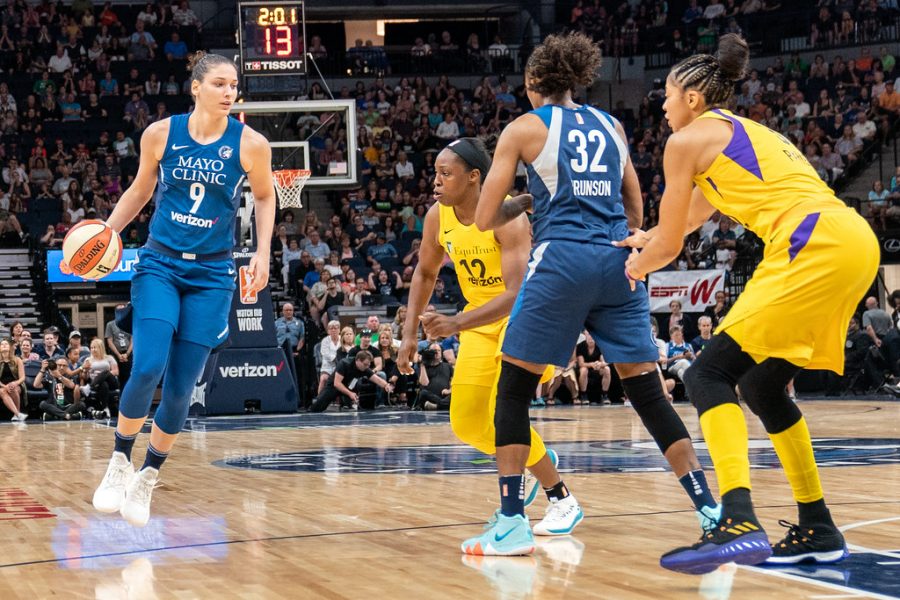
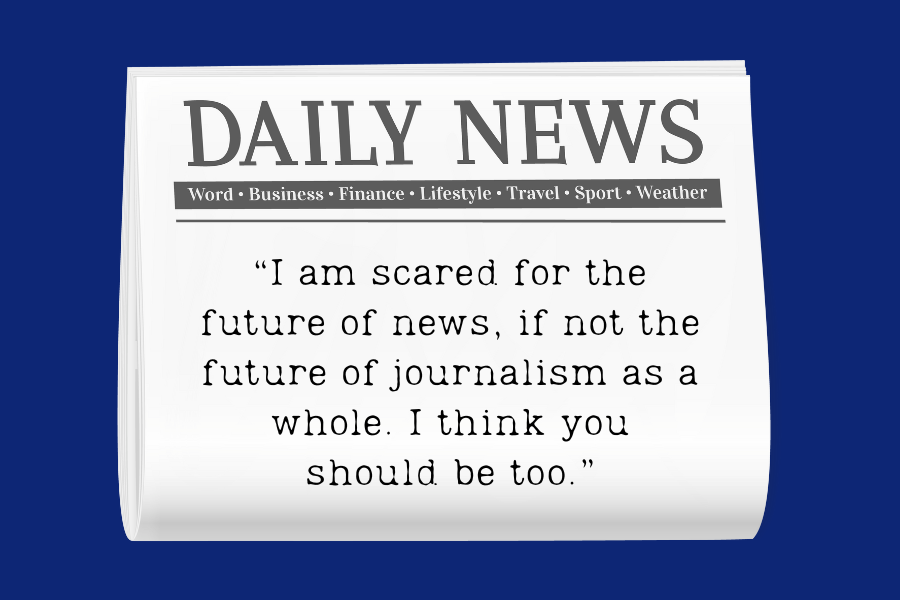

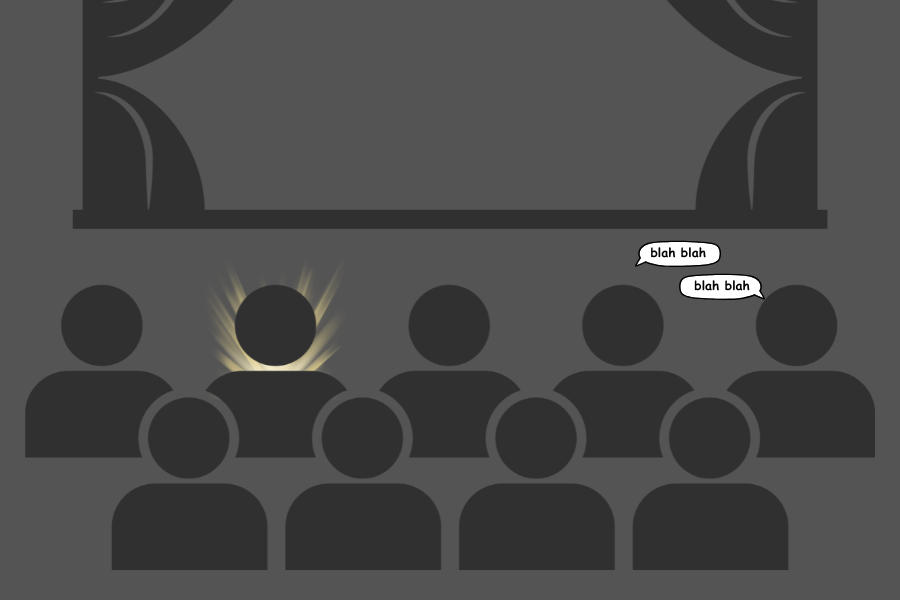
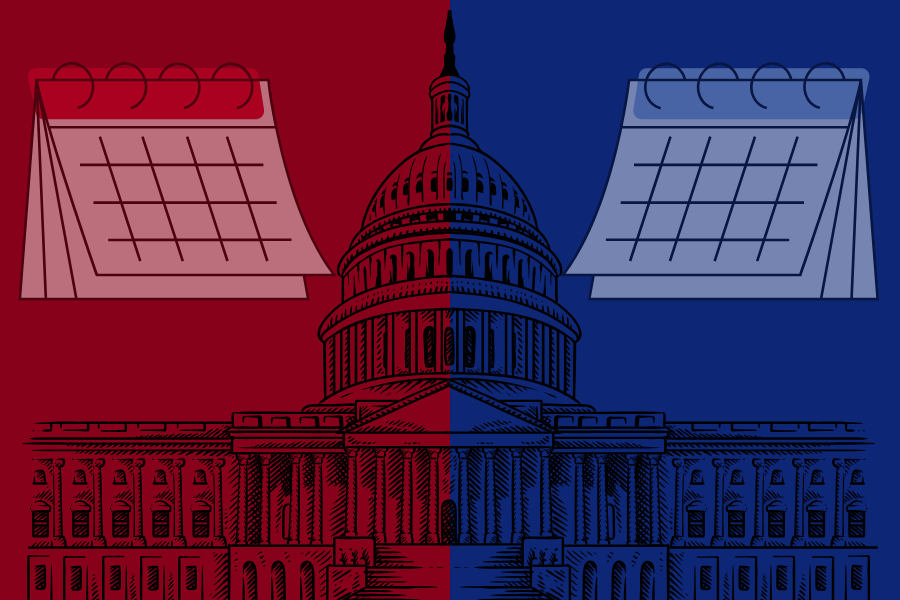

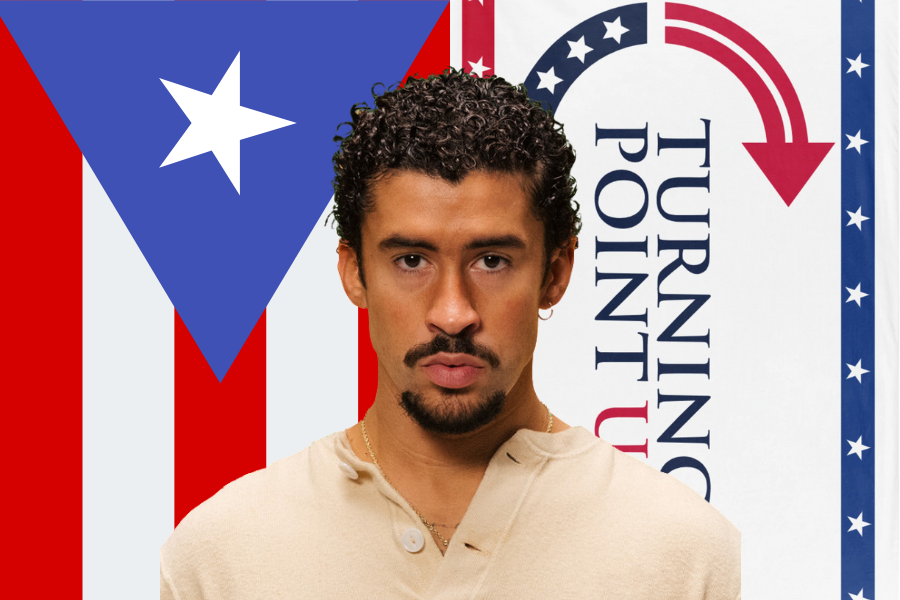

Thomas • Jan 30, 2020 at 11:24 am
“One of the largest challenges facing the league since its birth has been the misogynistic “trolls” that look to rag and criticize the players and league at every turn. Many of these trolls cry out when WNBA players rightfully demand the same revenue as their NBA counterparts.”
There is some of this out there, but mostly it is not what you are saying. Just because people criticize the league doesn’t mean they are trolling or misogynistic. They are just tired of the cognitive dissonance of writers like you trying to push an agenda. And before you think I am trolling or misogynistic I would debate you that I am a larger proponent of women’s sports than you are. They can’t “rightfully” demand the same revenue split because they are not making a profit yet – the guys are making a profit and their teams are worth billions which is why they carry enough weight to make demands while the W does not.
To get to that point the guys endured far worse hardships than the women have been/are dealing with, and, instead of crying to a benefactor for more money, the guys made major innovative changes to their game to make it appealing to fans.
Let me know if you want to debate this or any of the other poor arguments in this piece.